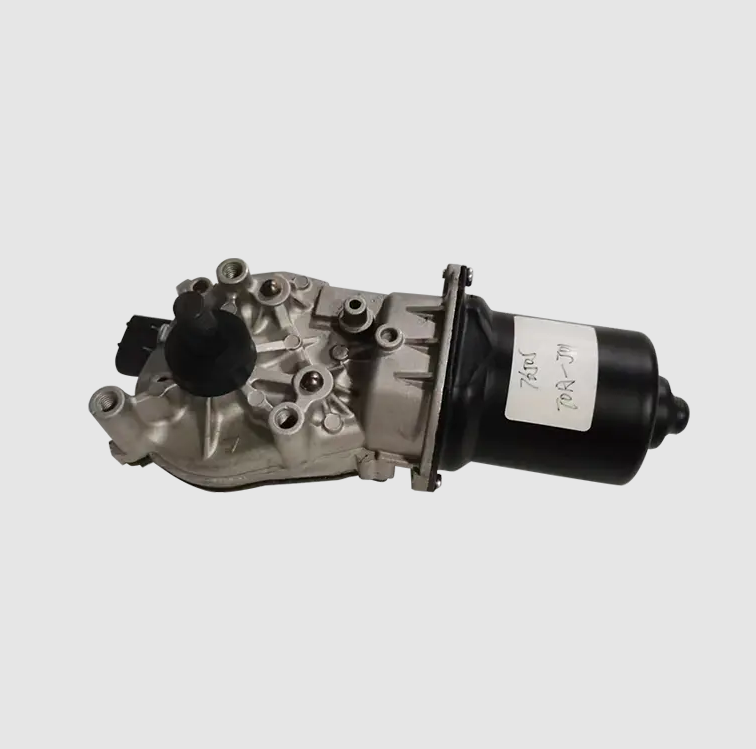The electrical current consumption of a wiper motor is a critical aspect that influences both the performance and energy efficiency of a vehicle’s windshield wiper system. Wiper motors are designed to convert electrical energy into mechanical motion, enabling the wiper blades to clear rain, snow, and debris from the windshield. Understanding how much current these motors draw and whether they are energy-efficient helps in evaluating their impact on the vehicle’s overall electrical system and fuel economy.
Typically, a wiper motor operates on the vehicle’s 12-volt electrical system and draws a current ranging between 3 to 7 amps, depending on factors such as the motor design, load conditions, and wiping speed. When the wipers are running at higher speeds or under heavy load conditions like removing thick ice or heavy rain, the motor’s current consumption increases. Conversely, intermittent or low-speed modes require less current, contributing to energy savings during mild weather conditions.
Energy efficiency in wiper motors has improved significantly with advances in motor design and control electronics. Traditional wiper motors often used simple brushed DC motors, which, while effective, had limitations in efficiency and durability. Newer designs incorporate more efficient motor types, such as brushless DC motors (BLDC), or employ advanced control strategies like pulse-width modulation (PWM) to regulate motor speed and power consumption more precisely. These innovations reduce unnecessary current draw and minimize energy waste.
The implementation of electronic control units (ECUs) to manage wiper motor operation also plays a crucial role in energy efficiency. By controlling motor speed based on sensor input, such as rain intensity, the system ensures that the motor only consumes as much power as needed for the conditions. This adaptive operation avoids continuous high current draw and extends the motor’s lifespan while reducing the electrical load on the vehicle.
Another factor influencing the current consumption and efficiency of a wiper motor is mechanical load. Well-maintained wiper systems with properly lubricated linkages and correctly tensioned blades reduce resistance against the motor, resulting in lower current draw. Conversely, worn or damaged components increase mechanical drag, forcing the motor to consume more power to maintain operation.
While the power consumed by a wiper motor may seem minor compared to other vehicle systems, optimizing its energy use contributes to overall vehicle efficiency. Lower electrical load reduces strain on the alternator and battery, indirectly improving fuel economy in traditional combustion vehicles and extending driving range in electric vehicles.
In conclusion, the current consumption of a wiper motor varies with operating conditions but typically remains within a moderate range compatible with automotive electrical systems. Advances in motor technology and control systems have enhanced their energy efficiency, making modern wiper motors more environmentally friendly and cost-effective to operate. Proper maintenance and intelligent control ensure that the motor consumes only the necessary power, supporting overall vehicle performance and energy conservation.
Wiper Motor Power Voltage:12V DC, 35W
No-load Current Low speed: ≦1.5A, high speed ≦: 2.0A
No-load Speed Low speed: 37- 42 rpm, high speed: 55- 62 rpm
Braking Current Low speed: ≦19A, high speed ≦: 25A
Braking Torque Low speed: ≧27Nm, high speed : ≧23Nm
Motor Noise: ≦55dB

